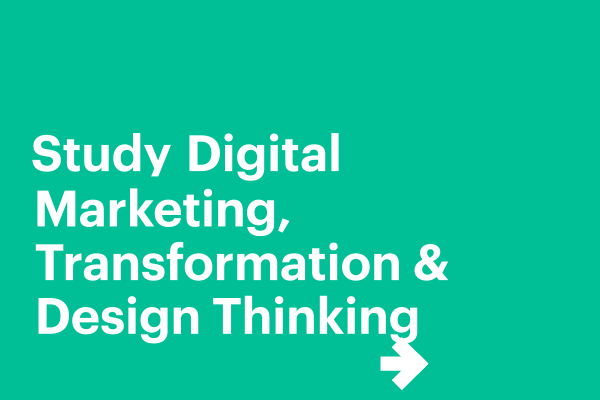If it is true, as RL Stevenson said, that everyone lives by selling something, then it must follow that the better we are at marketing whatever it is we sell, the more successful our livelihood is likely to be.
In this article we’ll take a look at the difference between marketing and selling, focusing on the marketing mix, and why a marketing strategy is as important for small businesses as it is for high street retailers.
Marketing vs selling
While these two terms are often grouped together, they are quite different in a business sense. In simple terms, selling is the process of converting goods and services into money. The price at which goods and services are sold to a buyer is part of the marketing function, traditionally described as the ‘marketing mix’ of product, price, place and promotion. Packaging and positioning are also sometimes included in the mix.
The marketing mix
Let’s look at each of these as elements of a marketing strategy.
- Product: the goods or services that a seller brings to the marketplace.
- Price: the price at which the product is sold, being a combination of what it costs to manufacture the product or service, what the customer is willing to pay for it (demand), and the level of competition in the marketplace for that product or service, amongst other factors.
- Place: where the goods will be sold, including an analysis of market segmentation.
- Promotion: how the goods will be marketed and advertised in the different market segments.
Research on these four elements provides the outline of a marketing strategy. Marketing focuses mainly on analyzing customer needs, interests and behavior in order to make products more appealing to them. It is more long-term and includes building a brand image and improving public relations.
Marketing strategies are focused on identifying and reaching targeted customers – in other words, creating demand. Sales strategies focus on converting those customers to product sales by fulfilling a demand. Sales begin where marketing ends.
To be most effective, of course, marketing and sales strategies need to be integrated and aligned.
What is strategic marketing?
A strategic approach starts with a clear and common understanding of a goal. Where does this company (or department or product group) want to go, and how will it know when it has reached that goal?
The strategic plan outlines a series of action steps designed to further progress towards the goal. Senior managers can start this process by conducting a SWOT analysis of a company’s strengths, weaknesses, opportunities and threats.
Implementing and periodically evaluating the plan via Customer Relationship Management (CRM) or CSAT (customer satisfaction) metrics provide the feedback loop which tells the company whether the strategy is effective over the long term.
Strategic marketing activities
Here are some of the things you have to do to develop a strategic marketing plan:
- Know your target market: who are your potential customers? Develop a ‘persona’ or picture of who your product or service is likely to appeal to. Gather demographics such as age, gender, ethnicity and location. Remember that a marketing persona is about a segment of your potential market and not about an individual customer.
- Provide information that enhances details of the 4Ps in the marketing mix: product, place, price, promotion.
- Create marketing and product goals that will determine what resources are required to meet anticipated demand.
Benefits of strategic marketing
A strategic marketing plan:
- Helps you think through your business: strategic plans have been popular since the 1950s. They are designed to help you find answers to all the questions you need to ask before committing resources to a business. If done properly, a marketing plan helps you to avoid surprises and prevents wastage of resources.
- Establishes a marketing budget: researching customer segments and the marketing mix helps to direct the budget to where it is going to be most effective in generating sales.
- Directs marketing communications: knowing your customer’s persona tells you which forms of media are most likely to appeal to them and helps to direct media spend.
- Raises brand awareness: targeted marketing efforts focus on the profile of the product and company in the chosen market segments, giving you greater value for money.
- Improves return on investment: measuring sales performance against marketing goals over time will show how ad-spend contributes to the bottom-line performance of the company.
Today’s marketing strategies
Small businesses in the past often found it impossible to compete against the large advertising budgets of big business, especially when it comes to television, radio and outdoor billboards. Even printing and distributing flyers can be expensive.
Now, thanks to the internet and social media, any small business with a computer connection can connect with customers across the world as easily as across the road. Think of:
- Email marketing – building mailing lists by market segment.
- Advertising on social media – Facebook, LinkedIn, Twitter, Instagram, and Search Engine Optimisation (SEO) – identifying keywords for your products and business through Google Ads and Facebook Ads.
- Influencers, incentives and local business contacts – making use of celebrity endorsements, giveaways and discounts, and collaborating with local businesses are powerful ways to reduce your ad spend.
- Content marketing – coupled with the power and reach of the internet, blogging online about issues relevant to your products or business can help to garner attention. Offering advice and expertise are powerful draw cards to bring people to your website.
Irrespective of the size of your business, there is no excuse for not planning and strategizing, especially when it comes to marketing.
Read more: entry level marketing jobs you don’t want to miss.
EU Business School offers a range of marketing courses, including the BA (Hons) in Business Management (Marketing) and the Master in Marketing. Visit the EU Business School website for full details:













